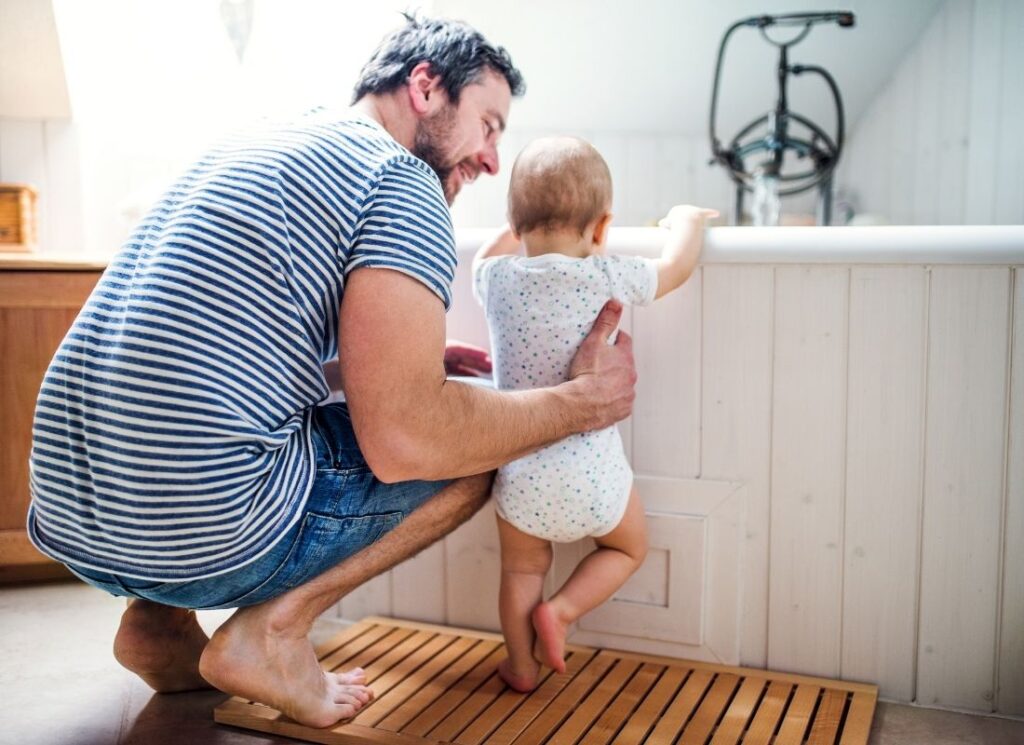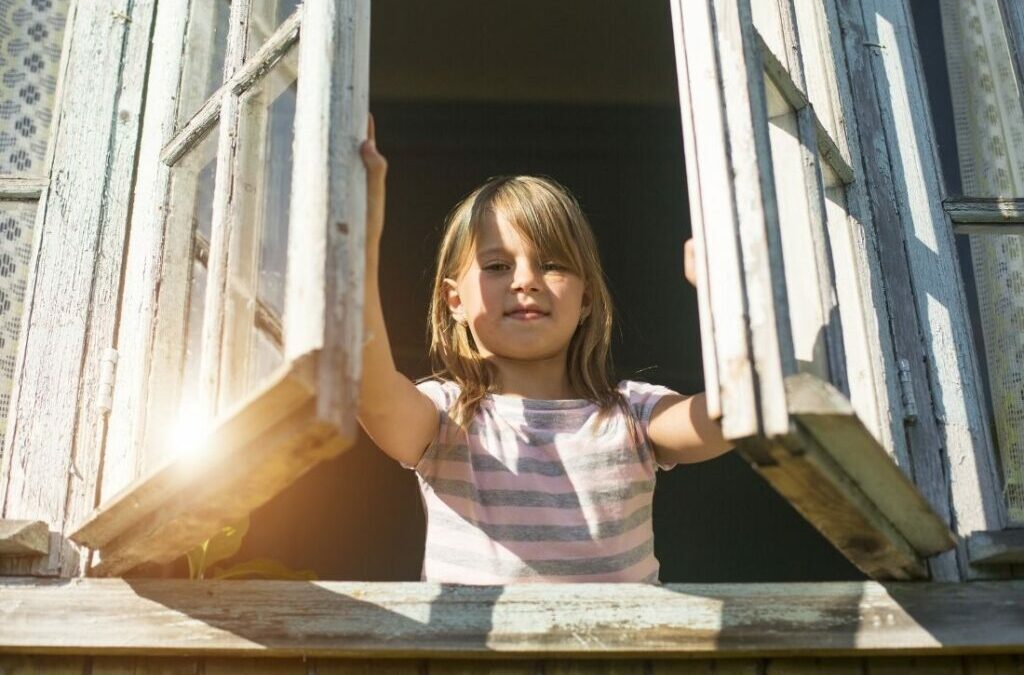Deciding to childproof your home should be one of the most important things new and expectant parents look into. Even parents of slightly older children can benefit from a child home safety audit. Childproofing isn’t just about protecting your child (although that is the primary purpose) it is also about making the life of parents a little easier. After all, knowing that your child faces less hazards around the home means that you have less stress in your life and more time and energy to focus on the many other aspects of parenting.
There are many facets to childproofing your home, and sometimes it can be difficult to know where to begin. The good news is that there is no better person than you, to complete a child safety home audit – you know your home and your family better than anyone. So, you have an inherent understanding of many of the risks around the home as well as the personalities and nature of your children.
We will begin by first looking at how to approach a child safety home audit by understanding some of the high-risk zones around the house, before taking a room-by-room look at some of the area specific dangers you will find in almost every home.
How to ensure your house is childproof
One of the biggest challenges in putting together a guide on how to childproof your home is the fact that almost every home is different, a house with a garden will have different high-risk zones when compared to a block of flats. Luckily, a lot of risks are universal, and can help parents find the right safety solution for their family.
Thanks to organisations such as RoSPA (Royal Society for the Prevention of Accidents) there is a wealth of statistical information out there so we can better understand what injuries are most likely to occur and then work towards mitigating these risks.
This information helps us to better understand not just the risks in your home, but also how factors such as your child’s age, sex and developmental stage change these risks as your child grows up.
We call this process a Home Safety Audit, and it should be as essential to the process of preparing your home for a child as buying a crib or painting a nursery. A great way to start the process is with a home safety checklist, such as this one provided by new parent support organisation, NCT.
At the end of the day the most important child safety measure you can take is to be vigilant. By ensuring that you are aware of your children and their environment you can greatly reduce the risk of an accident.

Understanding the risks
Every year children are admitted to UK hospitals with the same injuries resulting from the same accidents in the same parts of the home. By understanding the nature of these injuries, we can help prevent them in our homes.
According to the NHS 40 000 children under 5 are admitted every year because of accidents relating to asphyxiation, falls, poisoning, drowning, house fires, burns and glass cuts. The real tragedy is almost all of these accidents are avoidable with proper supervision and adopting the right preventative measures.
To start the process, we are taking a room-by-room look at the home to help you find these risk areas in your home.
Child home safety throughout the house
Not every risk is room specific, and some require solutions in almost every room of the house. For example, electrical outlets and wiring are found in almost every room of the modern home and should be properly secured or covered to prevent electrocution. For the purposes of this article, we will look at the most common risks and preventative measures in each room, it is not an exhaustive list and no substitute for an observant parent.
Childproofing your kitchen
Kitchens are often communal spaces, but they also harbour many risks for young children. Ensuring that dangerous items such as knives and toxic cleaning products are out of reach or locked away. If your kitchen doesn’t have lockable drawers, you can buy safety catches to secure the most important ones.
As your child grows, it is also important to make sure that the kitchen itself is childproof. This means ensuring all dangerous corners or edges are properly covered. You also need to be especially vigilant when you are cooking to avoid injuries relating to burns and scalds from either reaching up to the stove or pulling something down.
Preventing children from climbing on counter tops is also an essential safety measure, it prevents them from accessing all the things that have been placed out of reach, as well as preventing injury from falls, or stovetop burns.
Making your living room childproof
Because the living room is centred around entertainment, it is no surprise that electronics and wiring are two of the most important child safety considerations in this room. The television needs to be secured in such a way that your child can’t pull it over. The safest course of action is to mount it to the wall, but if you want it free standing you can get a safety strap to stop it being pulled over.
The same principles should be applied to cabinets and book racks, ensure that these are fixed to the wall, so that an adventurous child doesn’t tip them over while climbing.
To avoid electrocution, wires need to be safely routed and electrical outlets that aren’t in use need to be covered.
Dining room safety for children
While it is particularly important to ensure that choking hazards such as coins or small lithium batteries are kept out of reach, the most common cause of choking is actually food. This means it is vital that there is always an adult present when young children eat, and that children are only given age-appropriate foods.
Bathroom childproofing
Due to the risk of drowning, it goes without saying, that children should never bathe without parental supervision. However, there are some measures you can take to make the general bathroom safer. Make sure the floor is puddle free (to prevent falls) and the use of slip resistant mats can reduce the chance of accidents. Parents should always run the bath to ensure the water temperature is correct to avoid burns. Ensure all medications and cleaning products are safely locked away or out of reach.

Childproofing your windows and doors
Leaving doors or windows slightly ajar is an important source of fresh air and ventilation but can also create accident risks for your child. Even falling from a ground floor window can result in injury, while a fall from a flat window or balcony is sure to be fatal.
Open, unsecured doors can provide access for children to wander out into the world and can also lead to injury if a child’s hand is caught when they slam. Luckily, there is a childproofing solution on the market suitable for both windows and doors.
LockLatch is a lockable window and door latch that allows you to keep your windows or doors ajar, but securely locked in place. Each LockLatch is made from stainless steel and features a lifetime guarantee. The LockLatch device can be installed on just about any window or door in a few easy steps with little DIY knowledge. The opening can be adjusted to ensure that your child can’t fit through the space, while still allowing for proper ventilation.
Are you ready to childproof your home? Why not start by reading more about the many other advantages of a LockLatch, and how it can help you make your home safer for the whole family.

